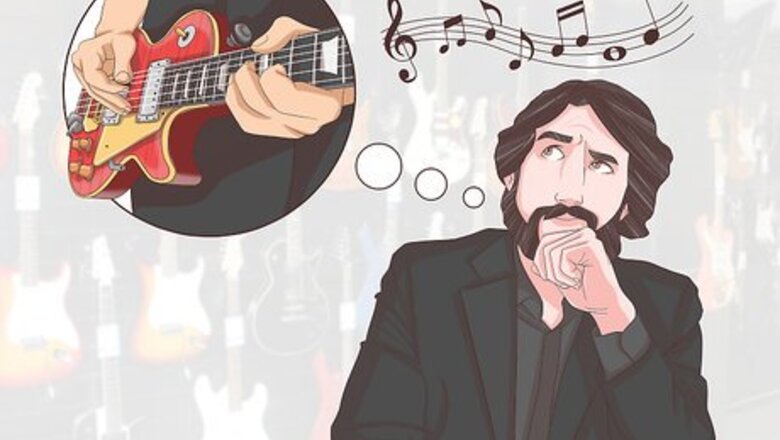
views
X
Research source
Ordering a Signal Chain
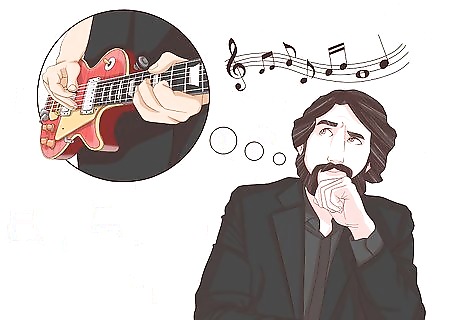
Decide what kind of tone you want to have. While there are some standard configurations for guitar pedals, the order of your pedals depends on the tone you want to achieve. This will differ depending on the style of music you play. Make sure you're preserving the functionality of the pedal. Keep in mind that switching the order can have a drastic effect on the tone produced. You may want to experiment with some pedals in different positions until you find the sound you want. There is one golden rule: drives and gain-driven pedals go first in the chain, then come the filters which are followed with modulation, leaving the time-based effects for last. Once you've chosen your order, number your pedals so you can easily reproduce the same order and don't have to memorize it.
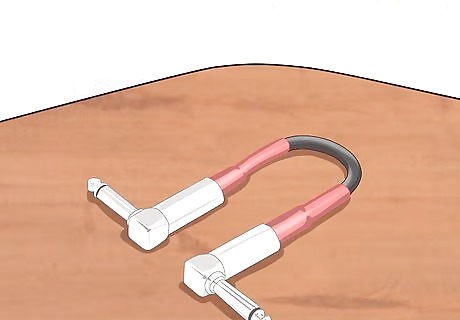
Connect your pedals with short patch cables. When choosing the cables that connect your pedals, be willing to invest in quality. The better the cable, the better the tone from your guitar. Your patch cables should be as short as possible. Longer cables will cause the signal to degrade and your tone will suffer.

Position your tuner pedal first. If you use a chromatic tuner pedal, plug your guitar directly into the tuner. You want the pedal to tune your guitar's clean, unmodulated signal rather than the heavily distorted sound produced by first running the signal through other effects pedals.
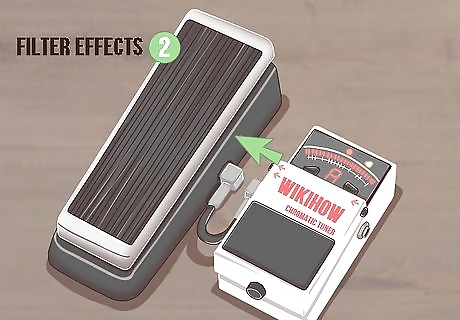
Connect filter effects pedals early in the chain. Filter pedals, such as auto-wahs, envelope filters, and wah-wahs, typically work best when they follow your tuner pedal. If you don't use a tuner pedal, filter pedals should be first in your setup. Any filter should modulate a clean signal. Placing them after other effects pedals limits their ability to function properly. This also may be a good position for phaser pedals, depending on the type of tone you want to achieve.
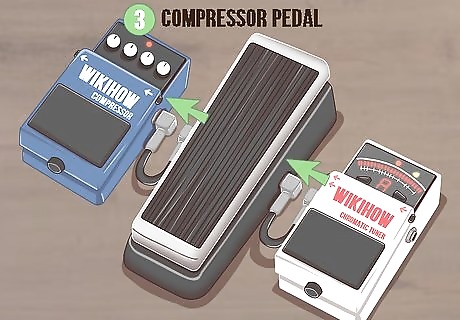
Plug in your compressor pedal after the filter pedals. Compressor pedals "level out" your guitar's volume, boosting the volume of quieter tones.You'll get lots of noisy, unwanted sound if you put the compressor pedal later on in the chain when the guitar's tone has already been heavily modified. Depending on the type of music you're playing, you may actually want your compressor pedal at the end of your chain. For example, if you're playing country music, a compressor pedal at the end of the chain squashes everything, regardless of the effects you're using. With rock music, on the other hand, it typically works better right after the filter pedals.
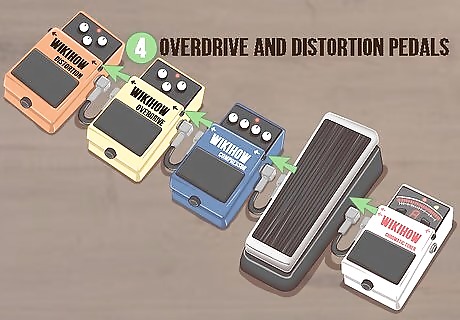
Add overdrive and distortion pedals. Overdrive and distortion pedals are some of the most popular types of effects pedals, particularly in rock music. Placing these pedals before filter and compressor pedals can produce an unpleasant tone. Overdrive and distortion pedals generate and amplify the overtones of each note you play. For this reason, you don't want amplified overtones fed into filter or compressor pedals.
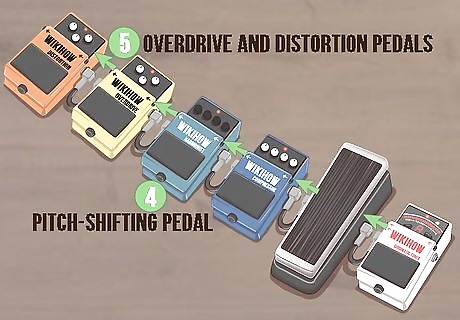
Decide where to place any pitch-shifting pedals. In most cases, a pitch-shifting pedal functions best when it's being fed a compressed signal. You generally want to place it after compression or equalizer pedals, unless you've positioned your compressor pedal at the end of your chain.
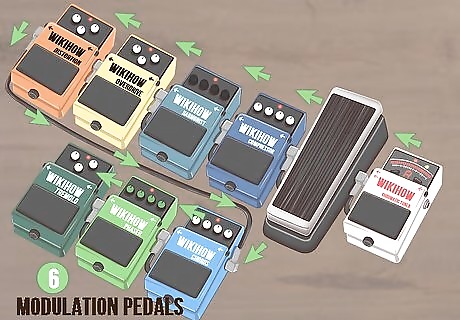
Connect modulation pedals towards the end of your signal chain. If you're using any modulation pedals such as chorus, flanger, tremolo, or phaser pedals, you generally want to place them later in your signal chain so they have a richer sound. If you have multiple modulation-style pedals, you may want to experiment with their order until you find the best arrangement that will give your guitar the tone you want.
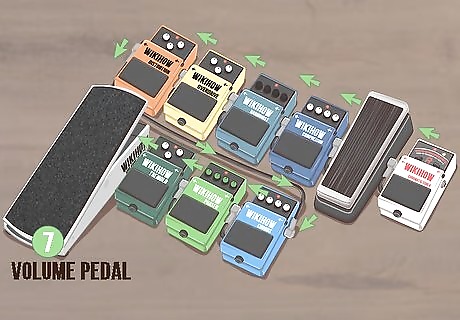
Place volume pedals at the beginning or end of your signal chain. Whether you put the volume pedal earlier or later in the signal chain affects what part of your guitar's sound the pedal adjusts, and gives this pedal a different functionality. Near the beginning of your signal chain, closest to your guitar, the volume pedal will adjust the volume of your unmodulated signal going into other effects pedals. It can be helpful to clean up your sound if you use overdrive a lot. Placing your volume pedal towards the end of your signal chain adjusts the volume of the finished signal.
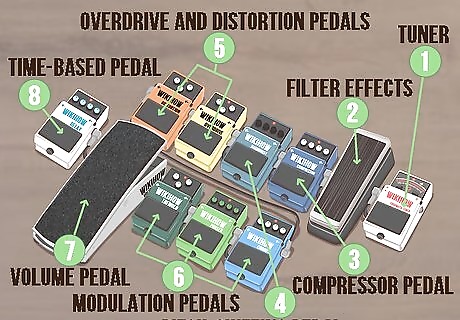
Position any time-based pedals last. When ordering time-based pedals such as delay pedals, think of how the sound you're creating actually occurs in physical space. Since delay or echo is the last thing heard, it makes sense to place these types of pedals at the end of the signal chain. Keep in mind that placing a delay pedal before a volume pedal can make it more difficult to control the volume of each successive delay or echo effect.
Using an Effects Loop
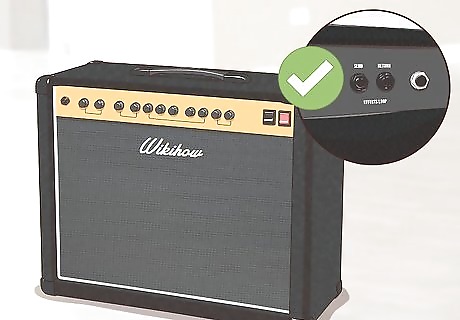
Examine your amp. Not all amps have an effects loop, but if yours does, you can experiment with placing some of your effects inside your amp's effects loop to give your guitar a richer, more nuanced tone. The effects loop is before the power amp section but after the preamp of your amplifier. You'll see "Effects Send" and "Effects Return" jacks. On some amps these may also be labeled "Preamp Out" and "Power Amp In."
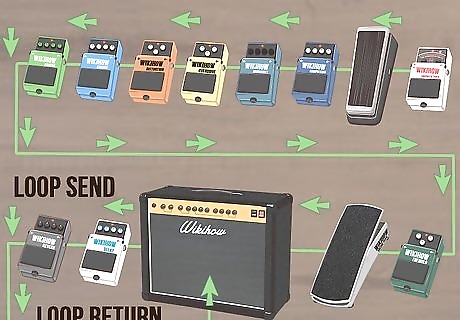
Place your delay and reverb effects in the amp's effects loop. Most guitarists who use the effects loop to set up their guitar pedals put the time-based effects in the loop to avoid the washed out sound that can be produced if these effects are fed into the overdrive and distortion of the amp. This set-up can give you a clearer sound if your amp is generating sound that is overdriven or distorted. The sound from your amplifier's preamp section feeds into these effects.
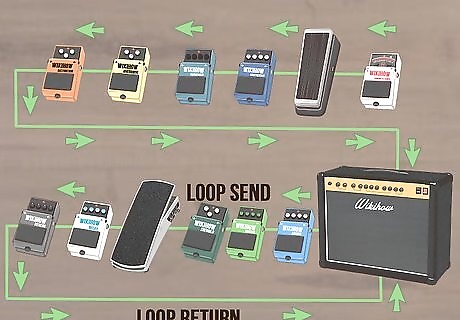
Move volume and modulation into the effects loop. Placing modulation pedals in the effects loop will give you a different sound than if you run them through your signal chain directly from your guitar. Experiment with these and see if it suits your style. Moving the volume pedal inside the effects loop allows you to control the entire sound coming out of the amplifier.
Using a Pedal Board
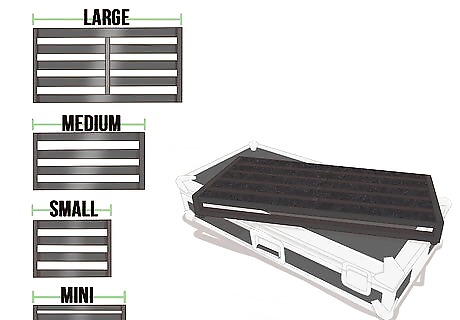
Choose the right size. Pedal boards can be bought off the shelf or customized to your particular set-up. Whether you choose a small, medium, or large pedal board generally depends on the number of pedals you're using on a regular basis and the size of those pedals. Generally, if you're using five or fewer pedals, you want a small pedal board. For more than ten pedals, on the other hand, you want a large pedal board. Also take into consideration if you plan to add more pedals over time. For example, if you currently use four pedals but plan on adding three more, it's best to go ahead and get a medium-sized pedal board so you'll have room for the others when you get them. If your pedals are oversized, you may want to get a large pedal board even if you're only using four or five pedals. This will prevent overcrowding.

Check the power requirements of your pedals. Whether you're buying a pre-built board or building your own, you need to make sure the pedal board will power all your pedals. While most pedals require 9 volts of power, some require more. Be sure to check the power requirements of every pedal in your set-up – don't just assume they're all the same. You also want to check the power requirements of pedals you plan to add later on to ensure the board you buy can handle them.
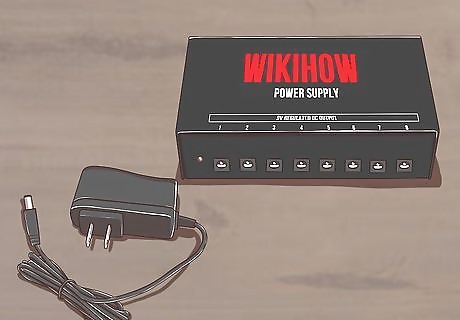
Find an adequate power supply. Your power supply needs to have the correct voltage as well as be able to handle the number of pedals you have or ultimately will have once your set-up is complete. For example, if you have 10 pedals, all of which require 9 volts, you'll need a 9-volt power supply capable of handling 10 or more pedals. If you have one pedal that requires 12 volts, you'll need to look for a power supply that allows you to isolate pedals, because you don't want 12 volts running through the other pedals that require less power.
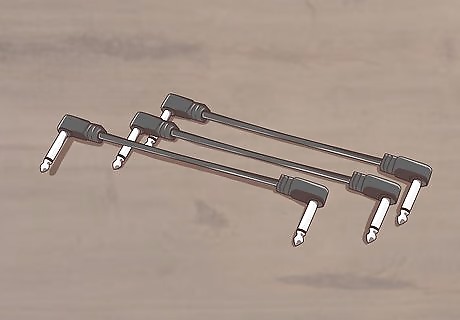
Use compact patch cables. While you do want to leave a little bit of space between pedals on your pedal board to keep it from looking cluttered, you still want to use extremely short patch cables to preserve the quality of your sound. Choose cables with right-angle plugs rather than straight plugs, and this will cut down on the amount of space the cables take. If you have the tools to do so, you can pretty easily cut your own cables, which can both save you money and ensure that your cables are the exact length you need for your particular set-up. Avoid black cables, as they can get lost on a stage and you may not be able to easily identify the problem if one is unhooked or damaged.
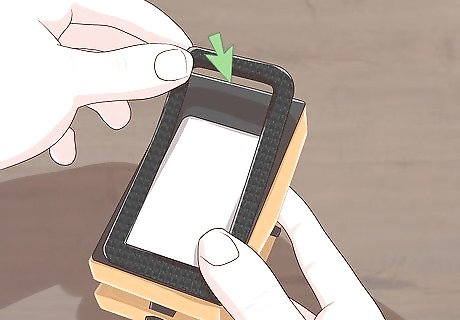
Velcro your pedals to the board. Because you may want to change the order of your pedals to alter your guitar's tone, use a non-permanent means such as Velcro to fix the pedals in place on your pedal board. Particularly if you're working with a large number of pedals, you may want to stagger them so they alternate between the front and rear edges of the pedal board. This will make it easier for you to differentiate between them and hit the pedal you want during a performance. Make sure the pedals you use most often are laid out so they are easiest for you to reach with your foot. Keep in mind that the location of the pedals on the board doesn't necessarily need to follow the signal chain you've created exactly. However, you do want to follow it as closely as possible to reduce the length of the patch cables.
















Comments
0 comment